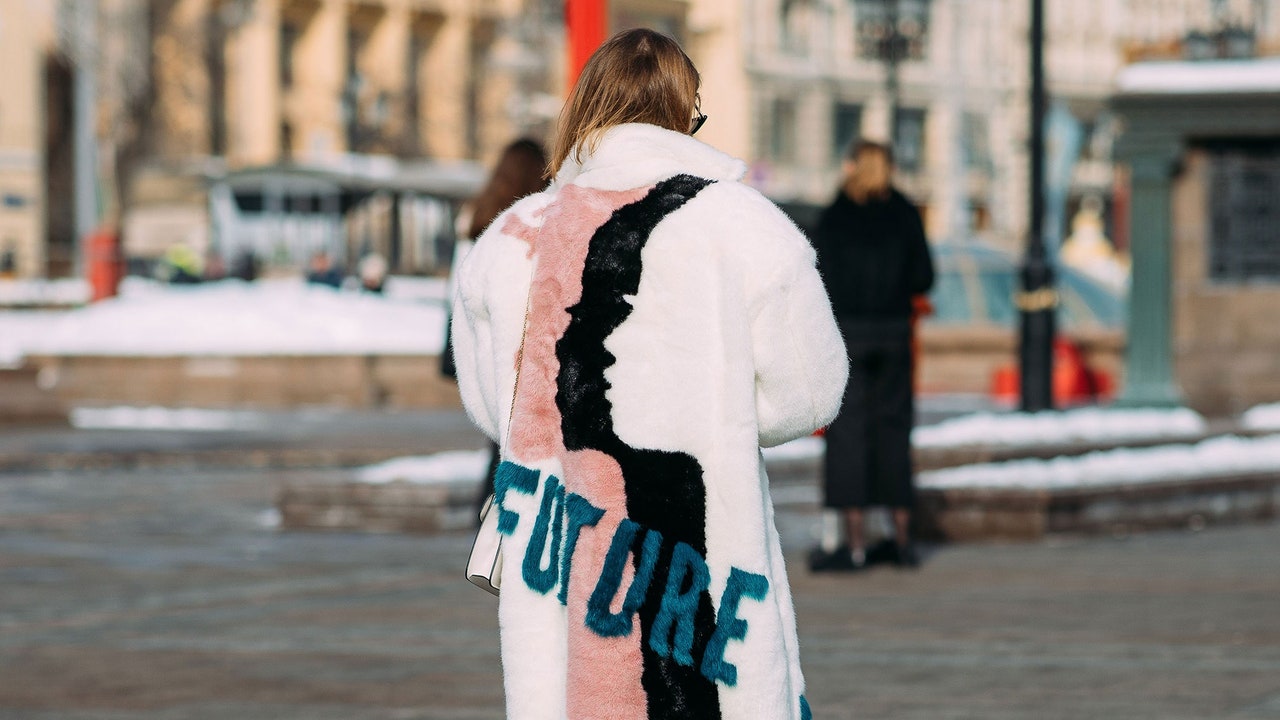From cancelled catwalk shows to store closures and wasted stock, the coronavirus has had an undeniable impact on the fashion industry these past nine months. Right now, however, it’s fashion’s role in triggering coronavirus outbreaks that has come under closer scrutiny.
Last week, Denmark announced it would be undertaking a mass cull of the country’s farmed mink population after mutated strains of COVID-19 had transferred to humans, infecting at least 12 people. The international concern is that the mutation could jeopardize the effectiveness of any potential vaccines, including the formulation announced this week by Pfizer.
Denmark is the world’s most prolific producer of mink pelts, with between 15 and 17 million of the animals housed in more than 1,000 mink farms when the cull was announced (meaning the mink population is at least treble that of Denmark’s human one). The mink are bred purely for their fur, much of which ends up being made into clothing, as well as furniture and soft furnishings. Although latest reports indicate that the cull has been scaled back to infected areas in the face of growing opposition and questions over the government’s legal advice, this could prove to be a crucial turning point for the global fur trade.
The scale of the cull—indicative of the appetite among brands and consumers for fur—is perhaps surprising, given that the fashion industry’s taste for fur is seemingly on the wane. Over the past few years a roster of high-profile brands including Prada, Burberry, Gucci, Chanel, Versace, Armani, and DKNY have all pledged to stop using fur altogether, some ceasing use of all pelts including mink, chinchilla and rabbit, and others going even further by halting production of anything made of exotic animal skins and angora, too.
